How Can I Make a Fuel Scented Candle?
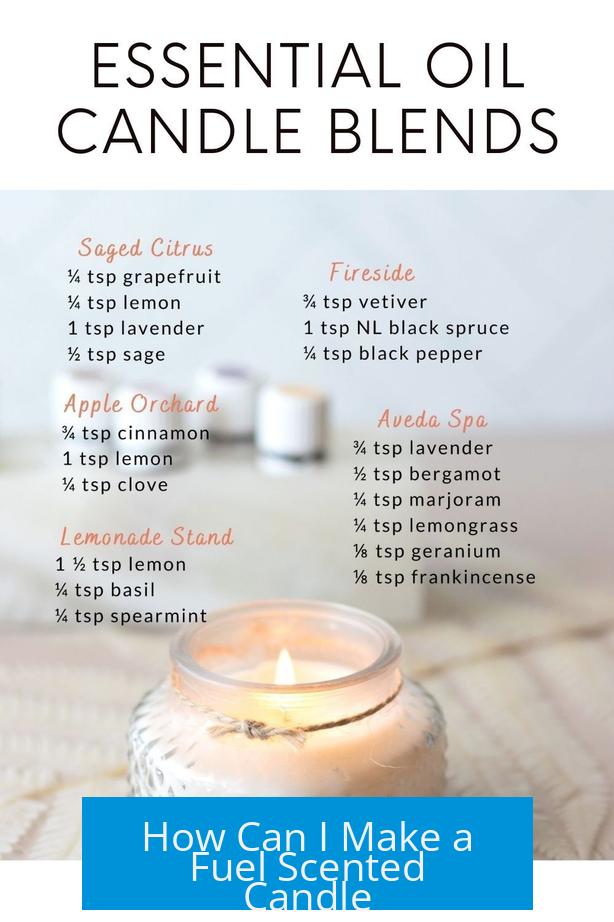
Making a fuel scented candle involves using specially formulated fragrance oils that mimic the smell of gasoline or diesel without combusting hazardous chemicals. This process requires blending specific fragrance notes carefully, as direct use of real fuel is unsafe and impractical for candle-making.
Understanding the Challenges
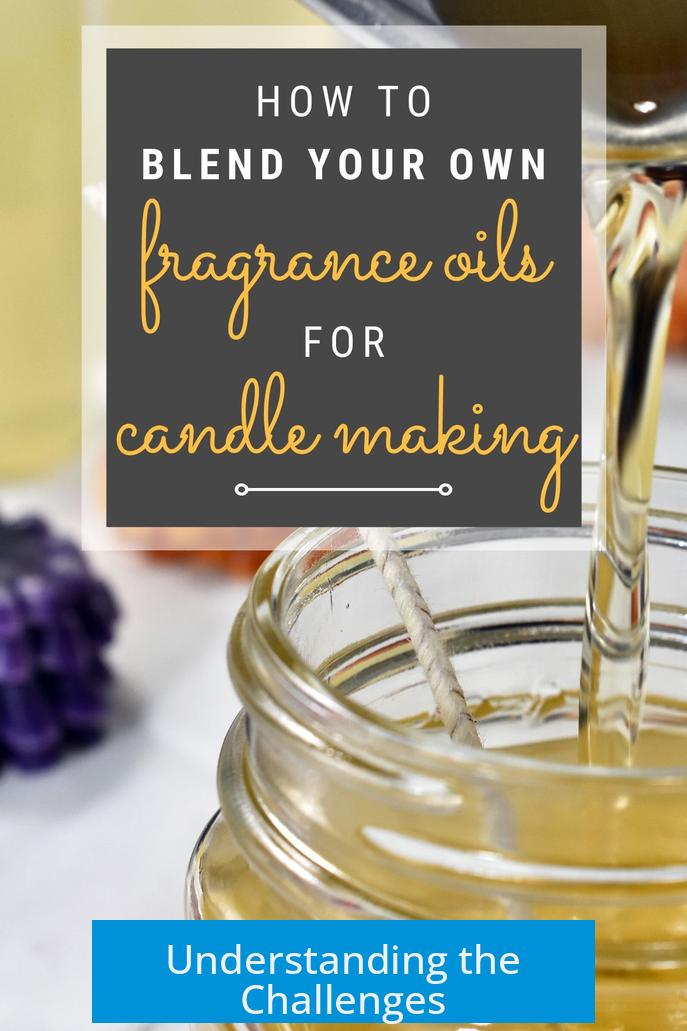
Candles burn by combustion, but fuel scents are complex because actual fuel vaporizes but also combusts into potentially harmful compounds. The scent we detect comes from volatile organic compounds released as vapors. However, if these compounds burn, they may produce unpleasant or toxic smells. This contrast between vaporization and combustion limits the use of actual fuel in candles.
Unlike air fresheners that release fragrance as vapor only, candle flames drive chemical reactions that can alter scent and safety. Additionally, some incense-like scents produce smoke that can stain surfaces and generate unwanted odors over time, a risk to consider in fuel scent formulations.
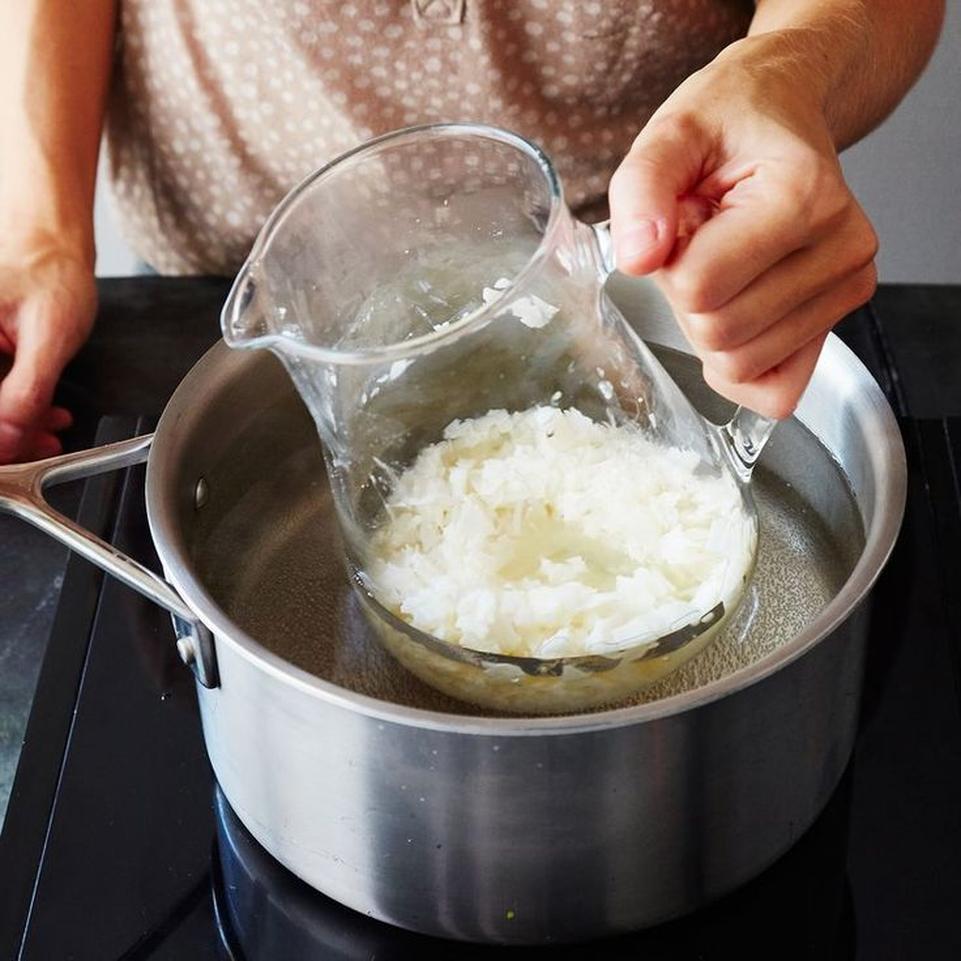
Using Fragrance Oils
- Begin with a base fragrance oil designed to replicate fuel odors. These oils control how quickly the scent releases when the candle burns.
- Modify the scent throw rate to adjust the perception: a slower release mimics diesel smell, while a faster release can simulate high-octane fuel scents.
- Blend this base with complementary natural or synthetic fragrances to create a balanced top and base note profile.
It is essential to use fragrance oils that are candle-safe and non-toxic. Avoid adding real gasoline or petroleum products due to health and safety risks. Safe commercial products, like the fuel fragrance oil sold by specialty suppliers, offer practical options (e.g., purchase fragrance oil).
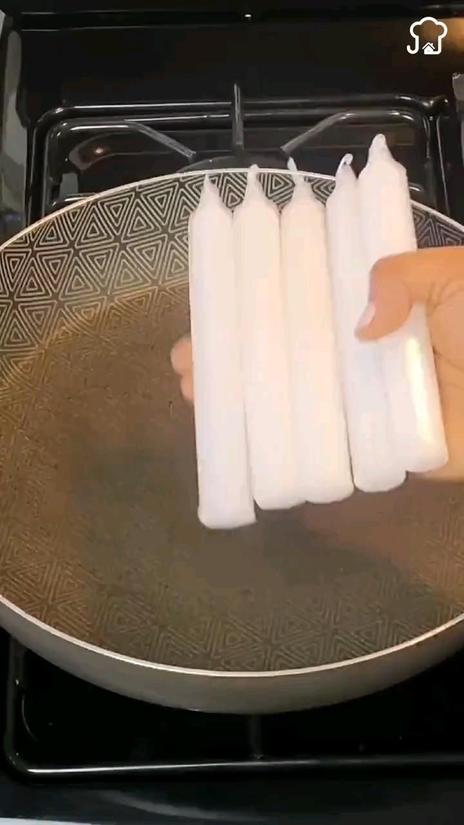
Fragrance Composition and Notes
The fuel scent is crafted with a mixture of notes. Top notes might carry sharp or volatile elements, while bottom or base notes provide deeper, heavier undertones resembling diesel or petrol aromas. This layering produces a more realistic fuel fragrance without real fuel.
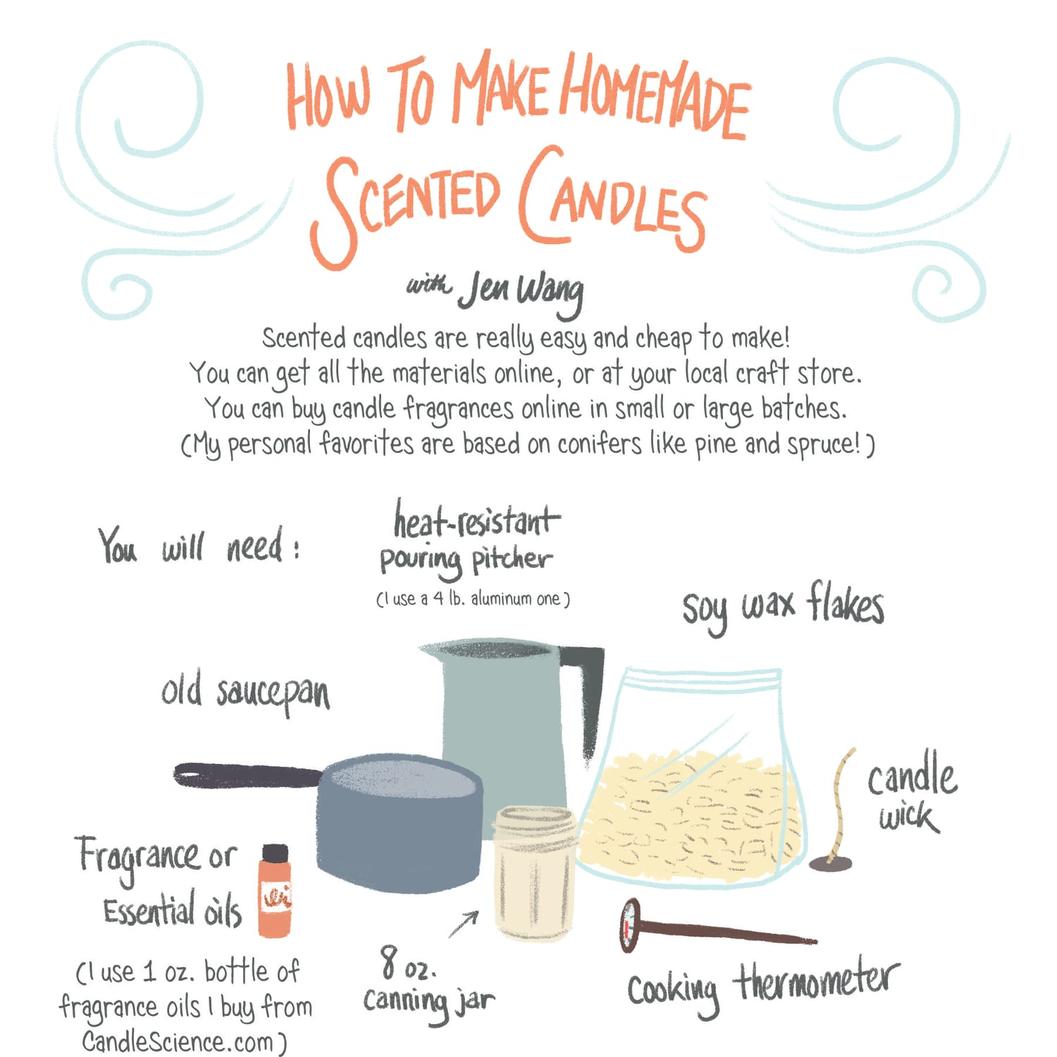
Real Gasoline Candles and Market Options
Some companies claim to have developed genuine gasoline-scented candles by incorporating minuscule actual fuel traces safely, though they rarely confirm this publicly. One notable example is Boostnastics, known for a highly authentic gasoline candle sold on Amazon.
These types of candles are popular in male-targeted novelty markets including beard oils, personal scents, and car accessories. They capitalize on the industrial and mechanical nostalgia associated with gasoline smells.
Essential Oils and Industrial Scents
While essential oils are often floral or herbal, some have unusual industrial odors that can contribute to fuel-like aromas in blends. Caution is necessary as not all essential oils are safe to burn, and some may create undesirable scents when heated.
Key Takeaways
- Fuel scented candles use carefully blended fragrance oils, not real fuels.
- Candle combustion can alter scents and create hazardous byproducts, so safety is critical.
- Adjust scent throw rate to control fuel scent intensity and character.
- Some niche products contain real gasoline traces but are rare and carefully formulated.
- Essential and synthetic oils help craft authentic fuel-smelling candles without combustion risks.
How Can I Make a Fuel Scented Candle?
Making a fuel scented candle starts with using specialized fragrance oils that mimic fuel smells without the risks of burning real gasoline. The magic is in choosing the right fragrance base and balancing scent throw to get that perfect gasoline vibe without setting off alarms in your living room.
Sounds straightforward? Well, not quite. Let’s break down the juicy details about why making a fuel scented candle is more of an art and a science than you might expect.
Understanding the Challenges of Fuel Scented Candles
Candles depend on combustion—lighting the wick sends flames licking at wax, releasing scent molecules. But here’s the catch: fuel scents are tricky because gasoline and related compounds are volatile and burn differently than typical candle fragrances.
When you sniff a candle, you’re smelling vaporized organic molecules, not solids or metals. Volatile compounds create that aroma cloud that teases your nose. But with fuel scents, direct combustion can turn those fragrant molecules into unwanted, sometimes hazardous chemicals. This conversion can produce a funky odor or worse.
Unlike air fresheners that release vapors without combustion, candles involve fire. It’s the difference between gently evaporating scent versus burning and transforming chemicals on the wick. That’s why risk pops up with fuel scented candles—combustion can unleash smoke, residue, and odors that stick to your walls.
“Incense-like” scents offer a reference point—they infuse aromatic smoke but also dose your room with sticky residues. Fuel scented candles flirt with this smoky residue problem if you’re not careful.
Picking the Right Fragrance Oils
Here’s the good news: you don’t need to pour actual gasoline into candles (please don’t). Instead, fuel-inspired fragrance oils exist that replicate those scents safely.
Buying a base fragrance oil is your starting point. It’s less about literal fuel and more about chemistry mimicking fuel’s unique smell. Be extra cautious, though—using real petrol is dangerous and toxic. You want a candle that smells like fuel, not one that could hurt you or anyone who sniffs too hard.
This niche candle appeals mostly to “man products” markets—think beard oils, novelty perfumes, or automotive-themed scents. The thrill is in capturing that distinct gasoline aroma without stepping on health hazards.
How to Actually Make a Fuel Scented Candle
- Start With a Base Fragrance Oil – This base defines how the scent interacts with your space. A slower “throw” (how fast the scent spreads) can mimic diesel fuel’s heavier smell, while a fast throw might lean toward the sharp, high-octane gasoline scent.
- Adjust the Scent Throw – The scent throw rate changes the fragrance perception. Experiment here: slower throws offer a dense, lingering diesel smell; faster throws provide a punchy, volatile high-octane impression.
- Blend Additional Fragrance Notes – Fuel scents aren’t just one-dimensional. Blend “natural” fragrance components that smell like fuel but are safe—think smoky, oily, or slightly metallic hints. This layering creates top and bottom notes, enriching the overall aroma.
Remember, achieving a fuel scent is as much about chemistry as artistry. It’s not the smell of burning fuel but of vaporized molecules mimicking that profile.
Essential Oils and Industrial Smells—Not Always Lavish Lavender
Essential oils aren’t all rosy floral or citrus bliss. Some give off pungent, industrial scents. Experimenting with these may add a weirdly authentic note to your fuel scented candle . Just brace yourself—it can be a love-it-or-hate-it experience.
Dealing With Persistent “Fuel” Odors—and Fixing Them
If you’ve ever tried making candles and found a stubborn fuel smell lurking, you’re not alone. It often comes from citrus notes in fragrance oils, oddly enough. These can trigger kerosene or petroleum-like scents. An easy fix? Adding just a touch of balancing scents or tweaking your wax choice.
Wax type plays a big role in scent release. Some waxes (like Ecosoya) cause weaker scent “hot throws” and can leave that fuel smell behind. Switching wax types or adjusting your heating temperature can help eliminate or reduce unwanted fuel odors.
As a troubleshooting tip: heat your wax carefully. Overheating can release odd smells even from clean wax, and underheating might prevent a proper scent throw. Explore which temperature your wax likes best (often between 170-180°F) and test small batches.
Alternative Approaches: Fragrance Effusion Lamp Fuels
If candle flames feel too risky with fuel scents, consider fragrance effusion lamp fuels. These burn a wick immersed in a liquid fuel, releasing scent without direct combustion of wax. You can mix a tiny amount of synthetic fragrance oil with rubbing alcohol to craft your own.
This method reduces soot and hazardous byproducts common in burning wax, offering a safer way to enjoy that fuel essence at home.
Safety First: Toxins, Lead Wicks, and Better Burning
Did you know paraffin candles may release toxins similar to diesel exhaust? Some wicks even contain lead, which harms indoor air quality when burned. For those obsessed with fuel scented candles, safety should top the list.
To reduce risks, select lead-free cotton wicks and consider soy or beeswax bases. Always test in small, ventilated spaces. Alternatively, diffusion of essential oils offers scent without combustion—no flame, no smoke, fewer toxins.
Real Gasoline Candles: Are They Worth It?
For diehard fans, genuine gasoline scented candles exist but are rare. According to candle enthusiasts, only one company—boostnastics, available on Amazon—has cracked the code. Their candles smell like actual petrol because they add real gasoline, though they won’t openly admit it.
If you love that authentic fuel aroma, their product is the gold standard. But keep in mind the potential health risks of burning real petrol. Approach with caution.
Wrap-Up: Should You Try Making Your Own Fuel Scented Candle?
Making a fuel scented candle is a balancing act. You want the smell of fuel without the hazards of combustion toxicity or sticky smoke. Starting with a quality base fragrance oil and adjusting scent throw rates will get you close.
Blend natural-smelling notes and experiment with wax and temperature for the best effect. Always prioritize safety—avoid burning real fuel and use lead-free wicks.
Finally, if you really want a true gasoline candle aroma, consider buying from a trusted specialist like boostnastics rather than risking DIY health risks.
So, are you ready to bring the scent of race day into your living room? Or will you settle for safer, more mellow fuel-inspired fragrances? Whatever your choice, remember to keep those nostrils happy and your air clean!
What base fragrance oils should I start with for a fuel scented candle?
Start with a fragrance oil designed to mimic fuel scents. These oils control how fast the scent releases, affecting how the candle smells over time. Choose one that matches the desired fuel type, like diesel or high-octane.
Can I use real gasoline in my candle for an authentic fuel smell?
Using real gasoline is rare and risky due to flammability and health concerns. Most fuel candles use synthetic or blended fragrances to simulate fuel smells safely. Only specialized companies may use actual fuel cautiously.
Why do some fuel scented candles produce unpleasant or hazardous odors?
Candles burn fragrances, which can change the scent through combustion. Some compounds release hazardous or foul-smelling byproducts when burned instead of just vaporizing, unlike air fresheners that stay in vapor form.
How do scent throw rates affect the smell of fuel candles?
Scent throw rate controls how quickly the fragrance fills the air. A slower throw can mimic diesel fuel’s heavy aroma, while a faster throw might smell more like high-octane or lighter fuels. Adjust blending accordingly for effect.
Are essential oils useful for creating fuel scented candles?
Some essential oils have industrial or harsh scents, but they rarely mimic fuel accurately. Fuel candles typically rely on specialized fragrance oils made to simulate fuel smells rather than common essential oils.
What should I watch out for regarding smoke and residue in fuel scented candles?
Fuel scented candles may produce more smoke or residue, which can stain walls and create lingering odors. Choosing low-smoke fragrance oils and proper wicking materials helps minimize these issues.


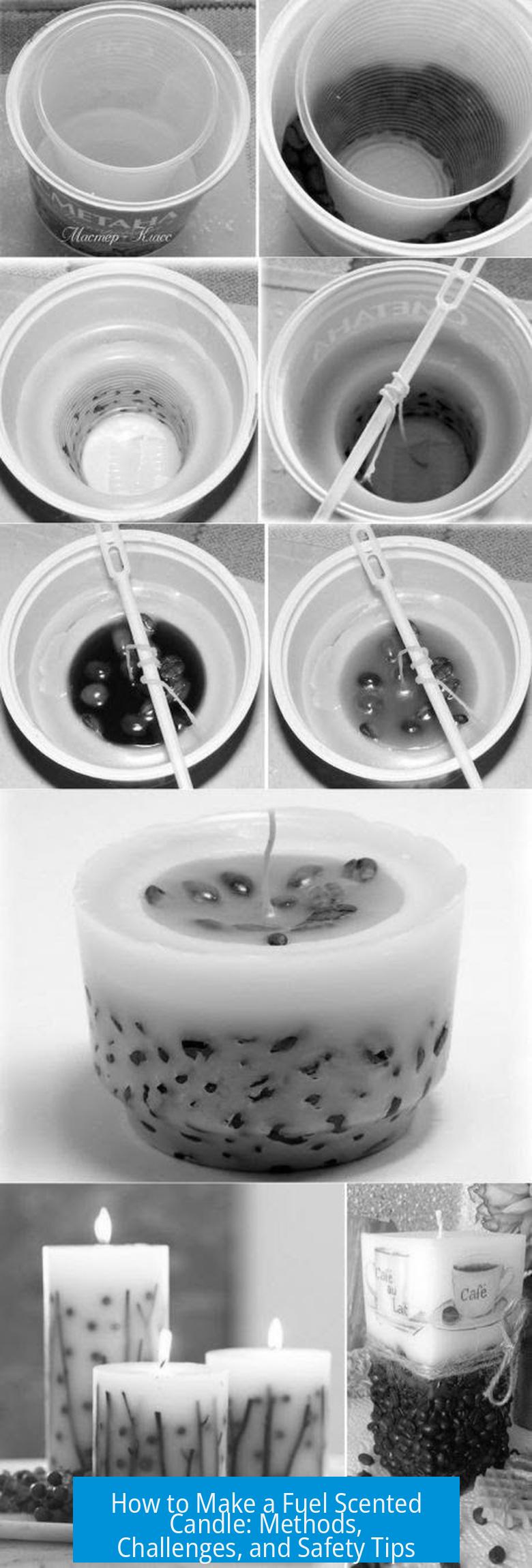
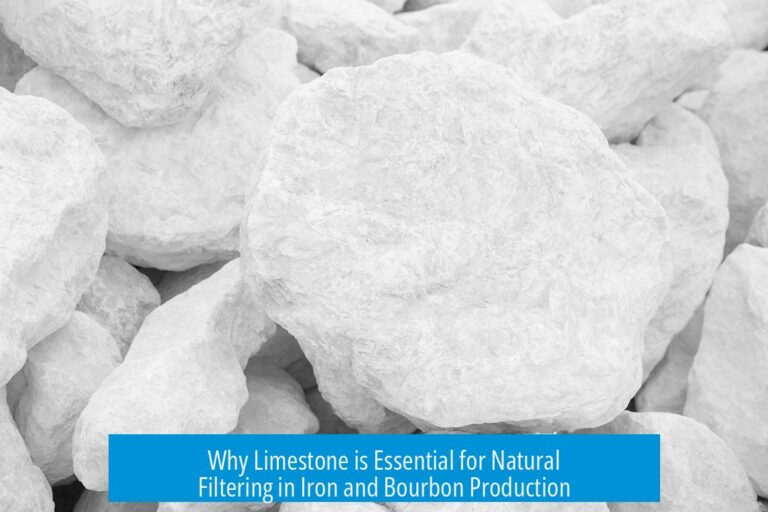

Leave a Comment